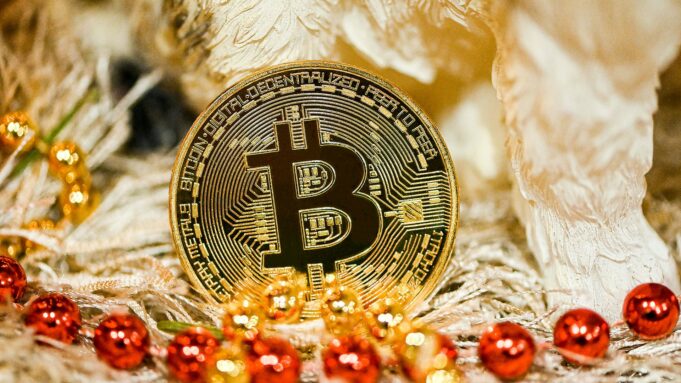Bitcoin is a digital currency that has gained popularity over the years, and many people have started mining it. Mining bitcoin involves solving complex mathematical algorithms, and in turn, you receive a reward in the form of bitcoin. This article will guide you on how to get started with mining bitcoin.
1. Learn about Bitcoin
Before you start mining bitcoin, it’s essential to understand what it is and how it works. Bitcoin is a decentralized digital currency that operates on a peer-to-peer network. It’s not controlled by any central authority, and it’s not backed by any government. Bitcoin transactions are recorded on a public ledger known as the blockchain.
2. Get a Bitcoin Wallet
A bitcoin wallet is a software that allows you to store, receive and send bitcoin. There are different types of wallets, including desktop, mobile, hardware, and online wallets. Each type of wallet has its advantages and disadvantages. When choosing a wallet, consider factors such as security, ease of use, and compatibility with your device.
3. Join a Mining Pool
Mining bitcoin on your own can be challenging, and it may take a long time before you receive any reward. To increase your chances of earning bitcoin, consider joining a mining pool. A mining pool is a group of miners who share their computing power to solve mathematical algorithms and receive rewards. When a block is mined, the reward is shared among the members of the pool according to their contribution.
4. Choose Mining Hardware
To mine bitcoin, you need specialized hardware known as ASICs (Application-Specific Integrated Circuits). ASICs are designed to perform a specific task, which is mining bitcoin. When choosing mining hardware, consider factors such as hash rate, power consumption, and cost. The higher the hash rate of the hardware, the more likely you are to solve the mathematical algorithms and receive a reward. However, high hash rate hardware is usually more expensive and consumes more power.
5. Download Mining Software
Once you have chosen your mining hardware, you need to download mining software. The software is used to connect your hardware to the mining pool and start mining. There are different mining software available, and each one is designed for a specific type of hardware. Some mining software is more user-friendly than others, so choose one that is easy to use and has a good reputation.
6. Start Mining
After you have set up your wallet, joined a mining pool, chosen your hardware, and downloaded mining software, you are ready to start mining. Connect your hardware to your computer or mining rig, open the mining software, and start mining. It may take some time before you receive any reward, so be patient and keep mining.
7. Monitor Your Mining Progress
It’s essential to monitor your mining progress regularly. Check your mining software to see the hash rate, temperature, and power consumption of your mining hardware. If the hash rate is low or the temperature is too high, you may need to adjust your mining settings or upgrade your hardware.
8. Withdraw Your Bitcoin
Once you have mined enough bitcoin, you can withdraw it to your wallet. Each mining pool has a different minimum withdrawal limit, so check the pool’s website for details. When you withdraw your bitcoin, you may need to pay a transaction fee, which is a small amount of bitcoin that is paid to the miners who verify the transaction.
Conclusion
Mining bitcoin can be a profitable venture, but it requires a significant investment in hardware, software, and electricity. Before you start mining, it’s essential to understand what bitcoin is and how it works. Joining a mining pool increases your chances of earning bitcoin, and choosing the right hardware and software is crucial. Monitor your mining progress regularly and withdraw your bitcoin once you have enough. With patience, dedication, and hard work, you can become a successful bitcoin miner.

























